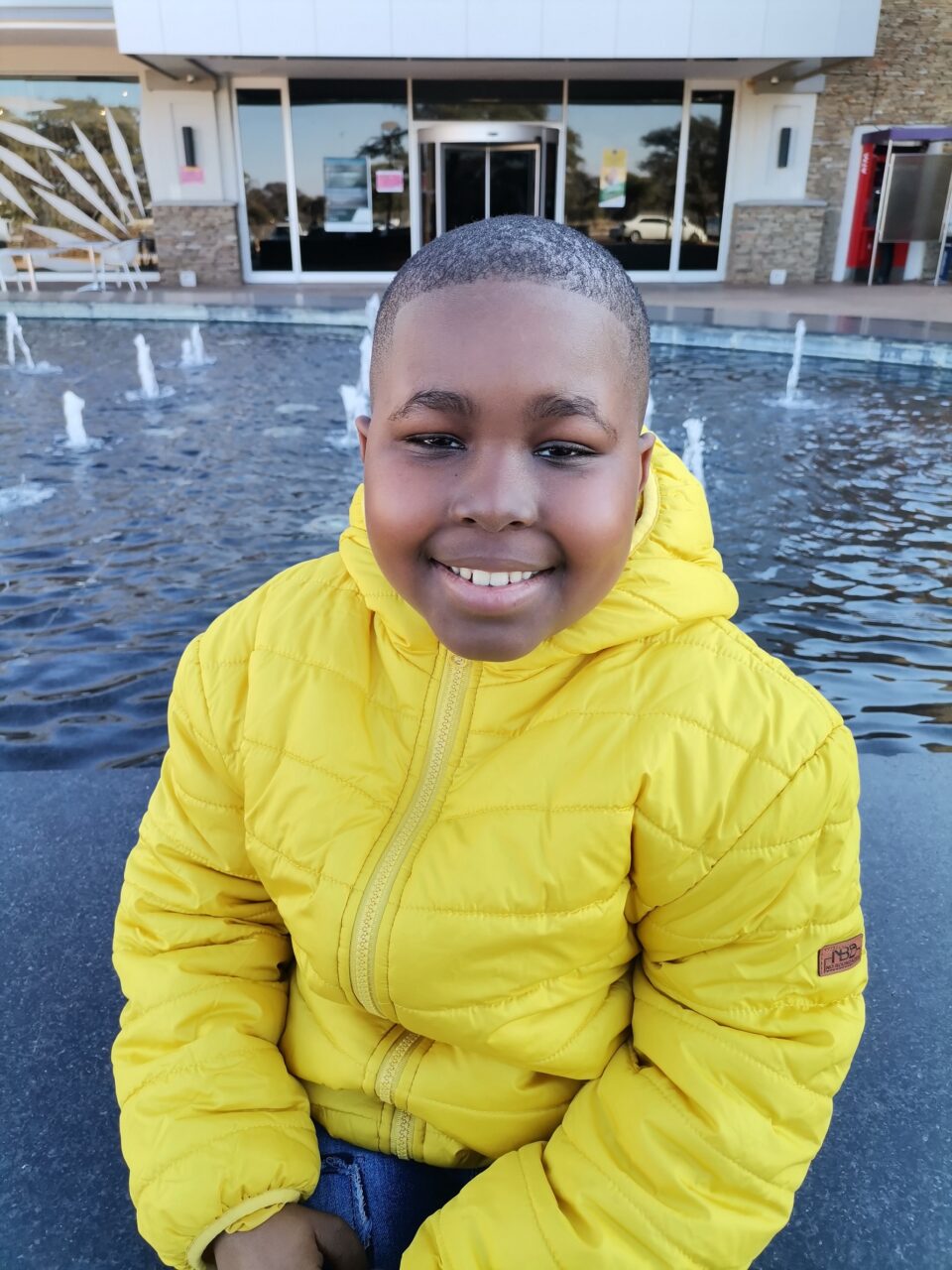According to the Global Cancer Registry, nearly half a million new leukaemia cases were reported in 2020 with an attendant 311 594 deaths as a result of the illness. While being diagnosed with leukaemia presents an arduous challenge, blood stem cell transplants have the potential to save lives.
Bone Marrow and Leukaemia Awareness Month, which takes place from 15 August to 15 October, is an annual campaign aimed at spreading awareness and urging the public to become blood stem cell heroes.
Leukaemia, a cancer of the blood and bone marrow, occurs through the uncontrolled increase of abnormal white cells. The common treatment for those suffering from blood disorders such as leukaemia is to eradicate unhealthy cells through medical treatments such as chemotherapy and radiation. In patients at high risk or in whom the cancer has returned, termed a relapse, a blood stem cell transplant is then required.
Stem cell transplants are instrumental in replacing bad cells with healthy blood stem cells, however, patients living with these conditions are wholly reliant on donors to donate healthy blood stem cells. While the siblings of some patients may provide a source of blood stem cells, there is a mere 25% chance of them being a match to the patient, spurring the need to seek alternate and unrelated donors.
“While blood illnesses such as leukaemia can affect anyone, it is the most common cancer in children and teens,” explains Alana James, Country Executive Director at DKMS Africa. “It is a sad reality, and a case in point is recently-registered patient – Kyra Ramdin – who is only 11 years old and urgently requires a transplant. Unfortunately, her younger sister is not a match and the family is continuing to look for an unrelated donor.
In October last year, the family received the devastating diagnosis that their once happy, carefree and energetic young daughter had acute lymphoblastic leukaemia – a life-threatening blood disorder. Leading up to the diagnosis, Kyra had begun displaying signs of weight and appetite loss, loss of hair, exhaustion and painful burning in her bones.
James adds that while some patients such as Kyra need to look outside of their family for a match, there are some instances where siblings are compatible. One such example is Dr Candice Hendricks, a Paediatric Haematologist and PhD candidate in Medical Immunology at the Institute for Cellular and Molecular Medicine, University of Pretoria.
Dr Hendricks chose paediatric haematology as her field of study for personal reasons. Her brother was diagnosed with leukaemia at the age of 26, only a year after getting married, with the diagnosis being a devastating experience for him and his family. Fortunately, their sister was a match which meant that her brother could benefit from a transplant. He no longer had to undergo chemotherapy.
“I now truly understand the gift of being a doctor in the field of haematology,” explains Dr Hendricks. “My brother’s transplant gave him a second chance at life and eight-and-a-half years later he is doing well and enjoying life. Having walked this path with him, I am appreciative, and proud to be a part of the work that DKMS Africa does, to broaden the donor base and provide support and comfort to patients in their battle against blood cancers.”
James says potential donors can register online, with a DNA swab kit being sent via courier. “The non-invasive cheek swab is then collected and sent to our lab in Germany. Should they be a match, they will be contacted to donate via a painless process similar to donating blood, with blood stem cells being collected from the circulating bloodstream.”
The public can also support leukaemia patients by purchasing a tope for as little as R30 from Pick n Pay stores, selected ICPA pharmacies and online at Zando. All proceeds will go to assisting DKMS Africa to recruit blood stem cell donors and contribute to the growth of the patient assistance fund.
For more information visit DKMS-Africa.org or to register visit or call 0800 12 10 82.

